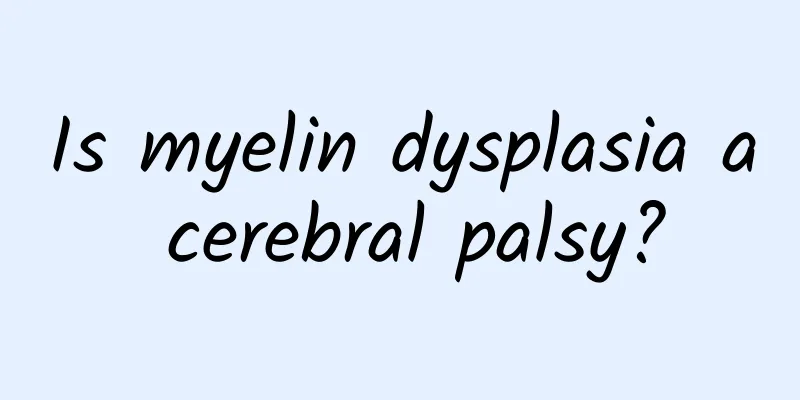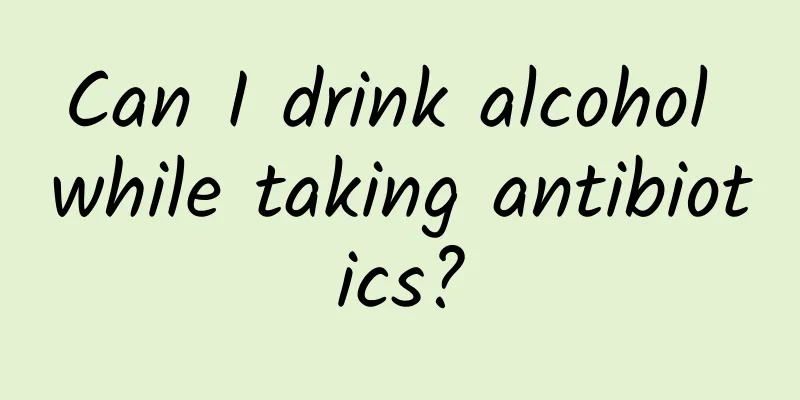Pathogenesis and symptoms of renal artery thrombosis and embolism

|
Renal artery thrombosis and embolism refer to the complete occlusion of the renal artery lumen due to vascular wall factors or blood factors in the main trunk or larger branches of the renal artery, causing renal function damage, transient hypertension, renal pain and ischemic necrosis of renal tissue. So what are the pathogenesis and symptoms of this disease? Pathogenesis 1. Traumatic renal artery thrombosis Causes of traumatic renal artery thrombosis include blunt trauma, trauma secondary to angiography, or surgical complications of nephrolithotomy, nephrostomy, renal biopsy, and percutaneous transluminal angioplasty (PTRA). The complication rate of PTRA is 3% to 10%. Complications that may lead to renal artery thromboembolism after PTRA include vascular rupture, endothelial-mesenchymal aneurysm, bleeding into embolic plaques in stenotic vessels, renal artery spasm, and embolism of external blood vessels. Blunt trauma to the renal artery occurs in motor vehicle accidents, combat, or sports injuries, resulting in damage to internal organs, most commonly the liver or spleen and less commonly the kidneys. Gross hematuria is a sign of renal injury and requires revascularization within 4 to 6 hours of trauma. 2. Transplanted renal artery thrombosis The incidence of acute transplant renal artery thrombosis is 0.5% to 4.4%, usually occurring within 1 to 2 months after transplantation. About 92% of transplant failures are related to delayed diagnosis and therapeutic intervention, leading to renal infarction and severe hypertension. The mortality rate is as high as 11%, and elevated plasma creatinine and malignant hypertension are often the precursor manifestations. The most common causes of transplant renal artery thrombosis are acute or hyperacute rejection, technical problems with the renal artery anastomosis, and progression of renal artery stenosis. The transplanted renal artery is usually anastomosed end-to-end to the internal iliac artery or end-to-side to the lateral iliac artery. End-to-end anastomoses are associated with a high incidence of stenosis, which can compromise the renal arterial circulation. Cyclosporine is thought to increase the risk of thrombotic disease in the renal arteries, including the glomerular capillaries and renal arteries, as well as in systemic vessels. Possible mechanisms by which cyclosporine increases thrombosis include inhibition of prostaglandin production by endothelial cells and downregulation of the protein C anticoagulant pathway. Cyclosporine reduces the activity of thrombomodulin in cultured endothelial cells in vitro. In addition, cyclosporine can reduce the production of PGI2 and E2 and increase ADP-induced platelet aggregation, TxA2 release, factor II activity and fibrinogen levels. These effects become more important for thrombosis when other pathological conditions are present, such as rejection, hypertension, and further reduction in renal blood flow. 3. Renal artery aneurysm and thrombosis Renal artery aneurysms can lead to acute renal thromboembolic disease, with an incidence of about 1%. The causes include renal artery atherosclerosis, congenital fibromuscular dysplasia, and various symptoms and signs of arteritis. The clinical manifestations of renal artery thrombosis or embolism depend on the speed, degree, and extent of arterial blockage. Blockage of a small branch may not cause any symptoms or signs, but blockage of the main renal artery and its large branches often causes typical Clinical manifestations. 1. Manifestations of acute renal infarction Patients may suddenly experience severe low back pain, abdominal pain, and back pain, which may be similar to renal colic and radiate to the thigh, or similar to acute cholecystitis, with pain radiating to the shoulder and back. Some cases may be similar to acute pancreatitis or acute myocardial infarction. Fever, vomiting, and nausea are common, and physical examination reveals obvious percussion pain and tenderness of the affected kidney. The number of white blood cells increases and the nuclei shift to the left. There may be hematuria and proteinuria. Serum enzymes increase. Aspartate aminotransferase often increases immediately after infarction and returns to normal after 2 weeks. Alkaline phosphatase often reaches a peak 3 to 5 days after infarction and returns to normal after 4 weeks. 2. Hypertension About 60% of patients develop hypertension in the short term after renal artery obstruction due to renal ischemia and renin release. It usually lasts for 2 to 3 weeks, and about 50% of patients will have persistent hypertension, while the blood pressure of the other half will return to normal. Occlusion of the main renal artery may cause a hypertensive crisis. 3. Acute renal failure Slowly formed thrombi may lead to chronic renal insufficiency, acute occlusion of renal artery branches may lead to acute renal insufficiency, and renal artery embolism of both renal arteries or a solitary kidney may lead to acute, rapidly deteriorating renal failure, which often requires immediate hemodialysis. If the occluded artery cannot be opened as soon as possible, the prognosis will be poor. In addition, the clinical manifestations of renal cholesterol emboli are often different from those of renal embolic diseases caused by other reasons, and renal infarction is rare. The most common clinical manifestation is acute, subacute or chronic progressive renal insufficiency, which leads to the diagnosis of renal cholesterol embolism. Atheroembolic fragments can travel to small artery branches and affect afferent arterioles, leading to a decrease in GFR. Unstable hypertension may occur due to the release of renin in ischemic renal segments in the embolic area. Acute renal failure associated with atheroembolic disease often has a prominent oliguric phase with increased fractional sodium excretion when there is significant tubular damage. However, renal insufficiency may be non-oliguric and slowly progressive due to recurrent spontaneous plaque ulceration and rupture. Urinalysis may reveal moderate proteinuria, microscopic hematuria, or pyuria. The latter is not diagnostic. Pathological etiology Renal artery occlusion can be caused by thrombosis or embolism. The causes of renal artery thrombosis are vascular and blood factors. These two factors can exist alone or together and interact with each other at different stages of thrombosis. There are two main causes of embolism: cardiac embolism and extracardiac embolism. Renal artery thrombosis is often accompanied by varying degrees of renal artery wall lesions, whereas in renal artery embolism, there is usually no organic lesion at the embolism site. |
<<: What is shingles? Green therapy for herpes zoster
>>: What is encephalitis? What are the symptoms of encephalitis? How to prevent it?
Recommend
What to do if your feet peel
The choice of treatment method is critical in dis...
Causes of body odor in women
The smell of body odor is really bad. Every summe...
Why do we need to nourish the kidneys all year round? The Chinese medicine doctor actually said this
Many people often hear about the need to nourish ...
TCM treatment of bone tuberculosis
There are quite a variety of methods for treating...
What are the symptoms of white drop wind
The symptoms of vitiligo are quite obvious, the c...
White spots inside the labia
The main reason for the whitening of the labia is...
What are the best pillows for sleeping?
With the development of the electronics industry,...
Symptoms of cervical nerve damage
Nerves are widely distributed in the human body. ...
What is the cause of the right lower abdominal pain like a needle prick?
Stabbing pain like needles in the right lower abd...
Venipuncture angle
The angle of venipuncture is mainly determined by...
What should I do if my anus hurts when I poop?
Shit is a relatively normal physiological excreti...
What causes muscle pain on the back of the hand?
A normal person should have clearly visible blue ...
Uterine fibroids precautions
Uterine fibroids is a common disease among female...
Can baking soda be used to soak feet for a long time?
When we return home tired after a day's work,...
How can I get enough sleep?
Sleep is of vital importance to each of us. Witho...









